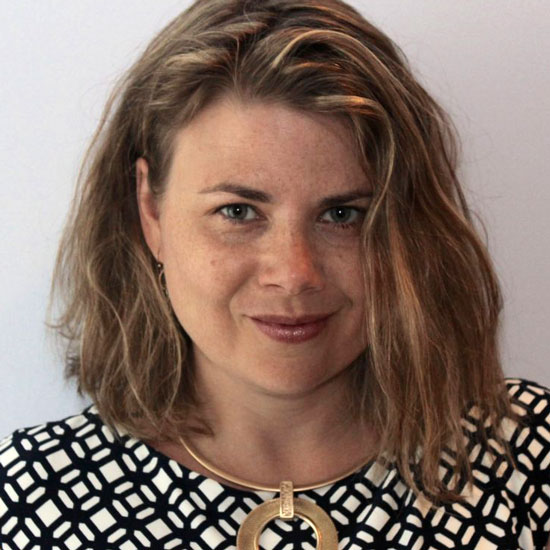The Relationship Between Higher Ed, Ed Tech, and the Teaching and Learning Community Needs a Reboot
Former Analyst

Congratulatory messages from the teaching and learning community have poured in for Ian Linkletter since last Friday when the former University of British Columbia learning technologist tweeted that the online proctoring company Proctorio had lost its latest appeal in their 18-month court battle. The legal drama is far from over, but many are celebrating this as a victory—not only against Proctorio but against the ed tech industry in general.
Although I’m sure the lawsuit has significantly impacted the individuals involved, I suspect that it will not impact the higher education landscape or the ed tech industry significantly. Proctorio’s aggressiveness towards individual critics is not—and hopefully will never be—the industry norm. The market will likely continue to operate from a business-as-usual stance.
What interests me about the Linkletter case is the teaching and learning community’s response to it. A global community of educational and learning technologists, instructional designers, library and media staff, and teaching and learning scholars and staff stood with Linkletter after he was sued for posting critical tweets that included hyperlinks to Proctorio’s unlisted YouTube instructor support videos. Thus far, they have organized teach-in fundraisers, contributed significantly to Linkletter’s GoFundMe campaigns, written open letters of support, and participated in other highly visible public events.
The nature of the response, which is unfolding on Twitter, in blog posts, and through industry articles and editorials, is a real-time example of the increasingly fraught and polemic relationship that exists between the teaching and learning community and ed tech industry—a tension that many higher education institutions do not engage with or consider in their technology decisions.
The teaching and learning community has a long history of writing publicly and critically about ed tech; Audrey Watters, Donna Lanclos, Lawrie Phipps, and Chris Guilliard are just a few scholars who have done it very well. The critique serves as a vital counterweight to the ed tech industry, which often claims its products will transform institutional activities to become more efficient, scalable, and successful (i.e., measurable through data analytics). Ed tech critique is ingrained in the teaching and learning culture; the recent court decision prompted one teaching and learning campus administrator to tweet, “Be more Linkletter, Ed Techies.” The community knew exactly what he meant.
The critical pedagogical lens is important for higher ed technology consumption, especially in this moment. The pandemic accelerated the widespread adoption of ed tech, and as Lawrie Phipps points out in his recent blog post, much of it was adopted as part of an emergency response. While ed tech served institutions well during the pandemic, it is time to reevaluate its ongoing use more critically and with a person-first (in contrast with a technology-first) strategy in mind.
Instead, we are witnessing an institutional thirst for even more technology—specifically technology that the industry promises will facilitate unprecedented scale, data, and efficiency through artificial intelligence (AI), machine learning, predictive analytics, and other technologies that function through IP-protected algorithms that can rarely be validated by independent experts.
Many institutions make the mistake of not bringing their teaching and learning technology experts to the technology decision-making table in any meaningful capacity. Faculty often drive early ed tech discovery and decisions—almost exclusively on some campuses. While faculty are essential to the conversation, most are not trained to vet technology for security, privacy, accessibility, equity, or (sometimes) pedagogical value.
So why must teaching and learning staff—steeped in ed tech critique and highly qualified in ed tech evaluation—take their critique to public spaces like Twitter to make an impact? Why aren’t they heard on their own campuses? It’s complicated, but some factors include:
- Role confusion within the instructional design field: Several years ago I wrote an article with Whitney Kilgore and Patrice Prusko on instructional design that remains topical today. The lack of clarity related to titles, roles, and responsibilities within instructional design and academic technology shops continues to hinder their leadership and overall effectiveness.
- Faculty and staff power dynamics: The unequal power dynamics and lack of trust between faculty and staff at many higher education institutions are well documented. Jenae Cohn describes the faculty support role that many teaching and learning experts are forced to play on their own campuses even when they are respected researchers, professors, and keynote speakers elsewhere. Historically, institutions leave instructional practices and technology largely in the hands of faculty as part of their autonomy in the classroom.
- Ed tech marketing strategies: Vendors understand institutional power dynamics and tend to market directly to faculty. Some vendors use a “no IT required” strategy with faculty, indicating their no-code SaaS solutions involve little maintenance and integrate easily through pre-developed LMS connectors. With this sales approach, even IT staff can be brought to the conversation too late to stop adoption of a questionable product altogether.
All signs point to the fact that it is time for a relationship reboot between higher education institutions, their teaching and learning staff, and the ed tech industry. Now more than ever, higher education needs its ed tech critics to ask hard questions early and often.
Categories
Share Article:

Other Posts From this Author:
© Copyright 2025, The Tambellini Group. All Rights Reserved.